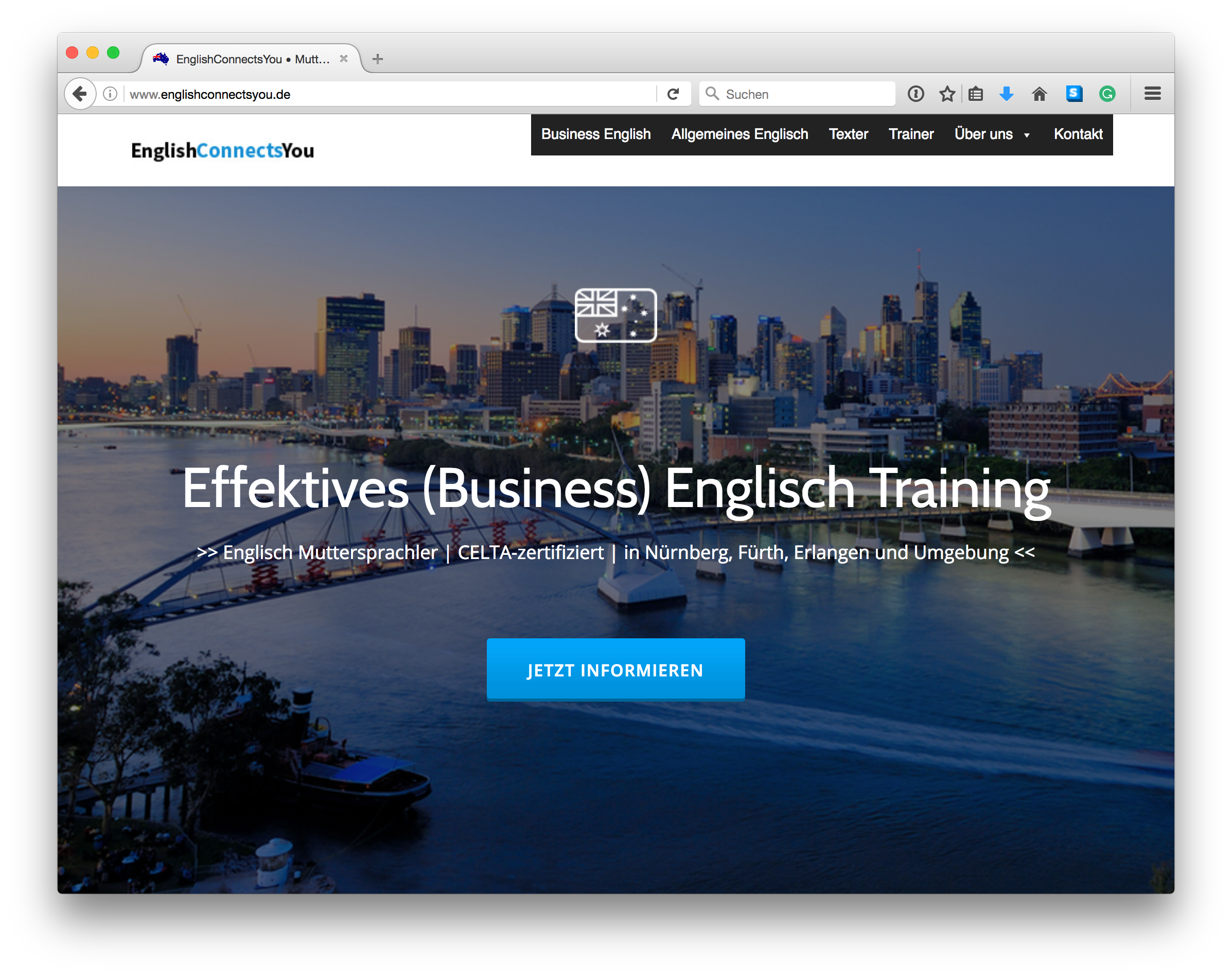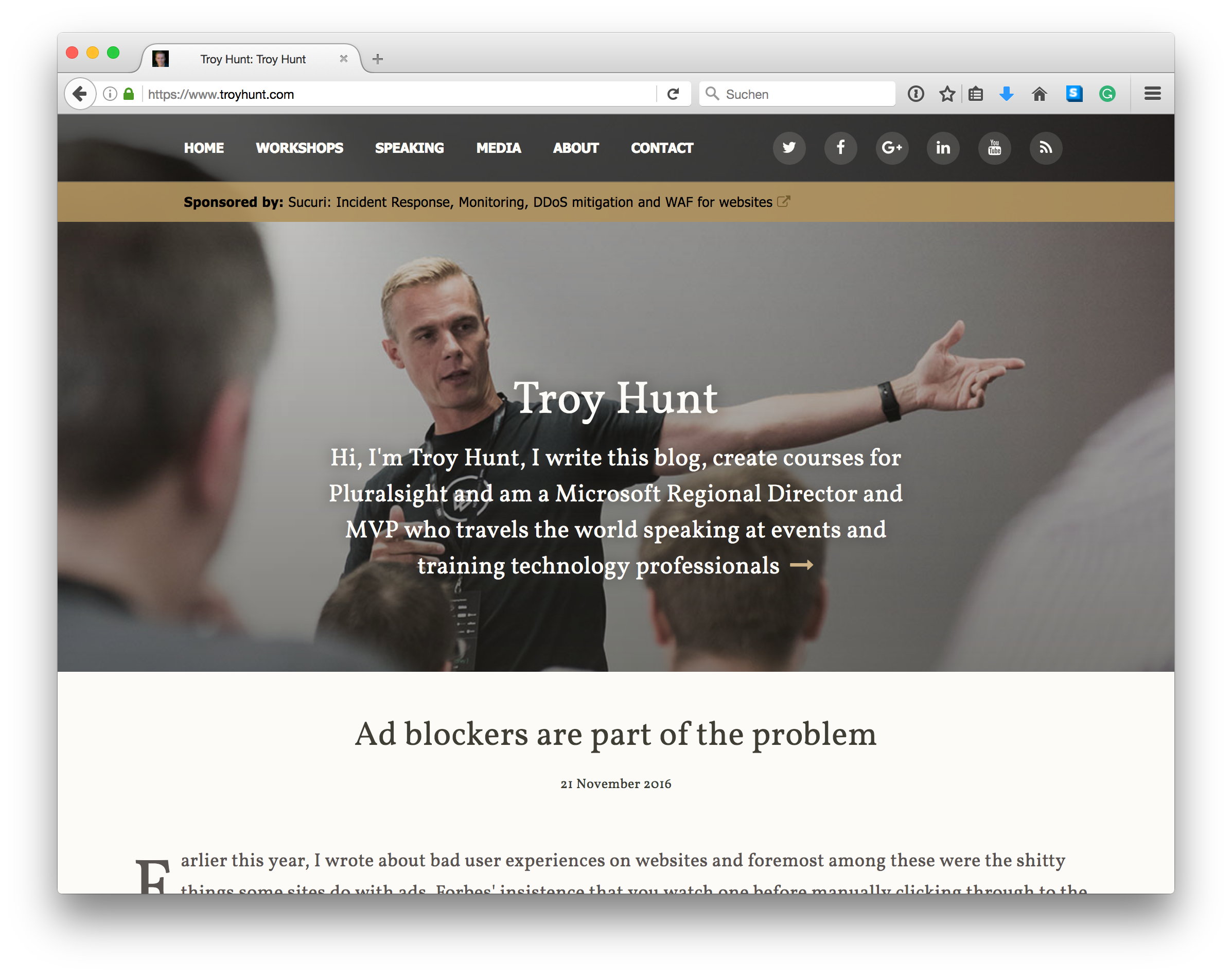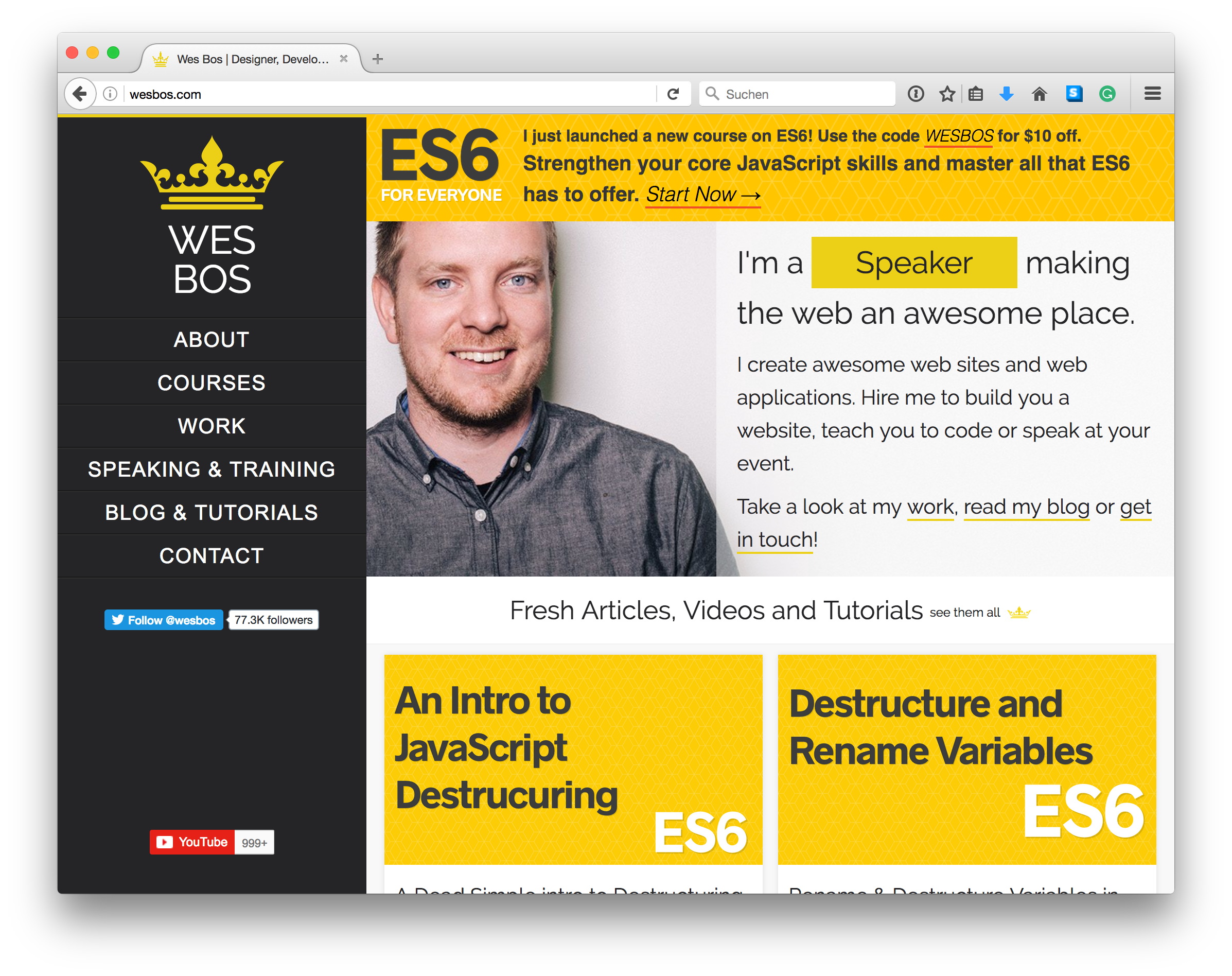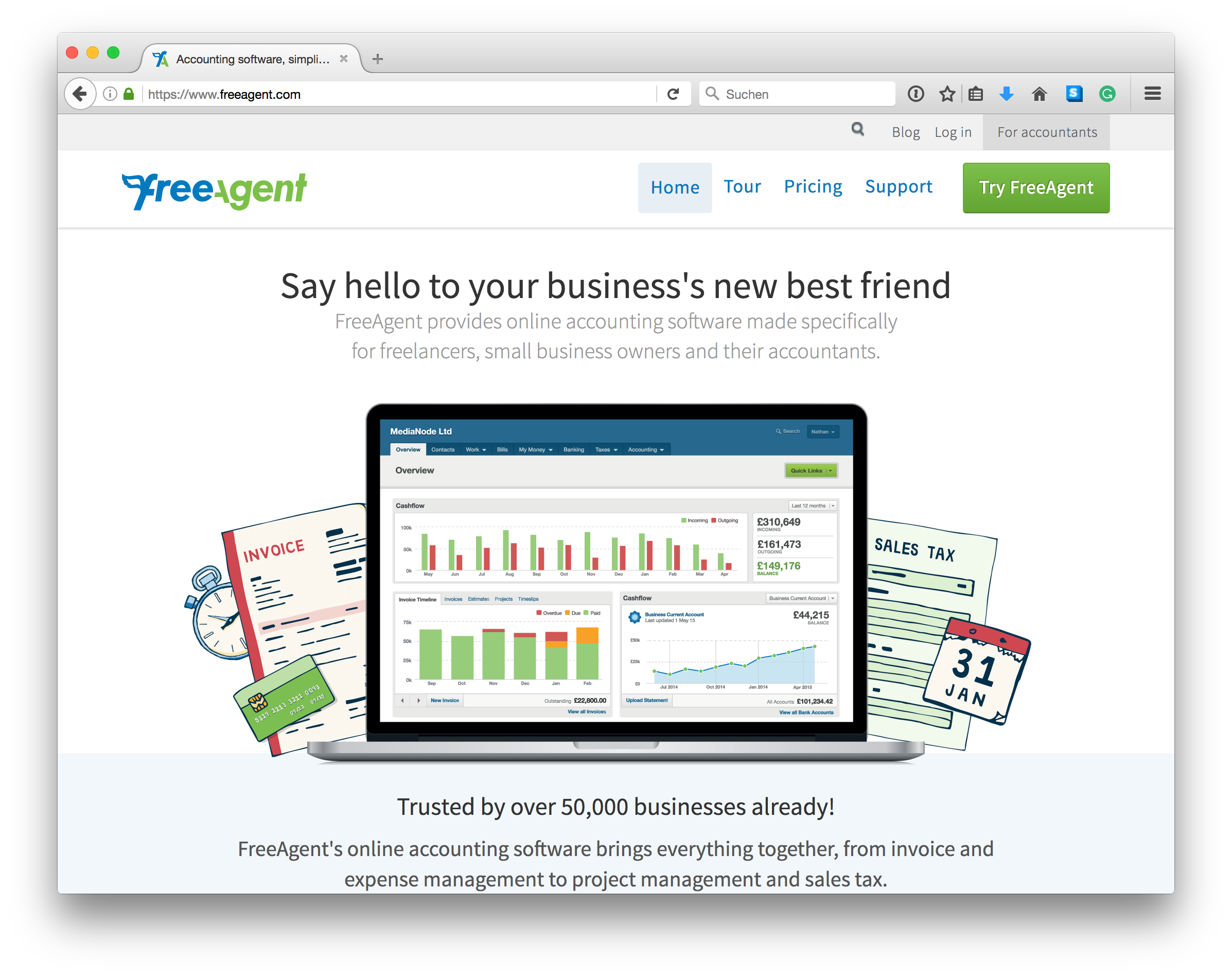Work, for so many of us, is increasingly concerning, fraught with worries, stress, and doubt about what the future holds.
This makes a lot of sense, as western society consistently links our ability to work quite closely with our sense of self-worth and self-esteem.
But, there’s also the practical aspect that — at least for most of us — our ability to work has a direct impact on our quality of life.
Specifically, if we don’t work (much), then the food we eat, where we live, where our children go to school, what we’re able to see, do, and enjoy will be adversely affected. But, at least from stories, it wasn’t always this way.
In recent decades, the old paradigm of how we’re employed has been undergoing continual change and upheaval from decades ago.
I well remember the stories of my parents, and others in their generation, and the generation before that, of how life was, apparently, simpler.
Who hasn’t heard the story that you got a job at a company after school and worked there for the rest of your life. The company looked after everything. All you needed to do was to turn up, ply your trade, and clock off at the end of the day.
But What Was Won’t Always Be
For my generation however, I’m 40, and for the generations which come afterwards, that’s no longer the case.
Perhaps my generation, and that of my parents has it hardest. I, and they, were born in a time when the old way of working was still very much the case.
But, that’s changed so dramatically during the course of my life. How confronting must that be for some people, perhaps you.
These days, it’s not uncommon for people to have multiple jobs throughout their career, a statistic which varies by industry.
Not only that but the old notion of security, that your employer would take care of everything — so long as you did your job — for so many, is a remnant of a long, distant, past.
Not only you we move between employers, but you have to be much more active, much more aware, and much more in control of your career.
You can’t just learn a skill, turn up and then do it. You’re now responsible for a whole range of tasks.
For some, this is exciting — perhaps even exhilarating. For others, this is a very scary proposition indeed.
Then let’s throw in another variable — how are you employed these days?
So many people are no longer full-time employed and my not be ever again. Instead, they’re employed in some form of part-time or flex(ible) arrangement.
For others, myself included, it’s even more potentially uncertain, as we’re freelancers.
In effect, we’re a business owner, an employee, admin person, and everything else in between; at least until we can begin hiring help.
I can empathise with you if you find all of this quite daunting, and if all of this makes you feel like burying your head in the sand, and hoping it goes away.
It’s a lot to wrap your head around, especially when we’re all so time poor.
It’s a tough position — am I right?
It Needn’t Be So Scary
But I want to let you know that it doesn’t need to be this tough nor scary. I’ve been a freelancer for the last 2 (and a bit) years and am doing quite well.
At the start it can be quite scary and uncertain. But after a while, you can come to find that instead of requiring so much effort, it can be quite liberating.
So, if you’re considering giving freelancing a go, I’m going to share with you the core lessons I’ve learned, so that you can get to where I am, far faster and more effectively than I have.
This is a compilation of the lessons I spoke about on episode 19 of my podcast - Free the Geek.
To Thine Own Self Be True
The first thing you need to do figure out what you’re good at. If you’re going to work, then as you have the opportunity to choose it, it makes sense to choose something that you’re passionate about and committed to.
Don’t go for something "just to pay the bills". Go for something where you’ll be there, in good times and in bad; not looking forward to clock out at the end of the day.
To do that you need to know what makes you tick. So, it’s time for some introspection my friend.
Grab a pen and paper and find a quite a time and place, where you’ll have no distractions, no interruptions of any kind. Then set aside about 30 - 60 minutes.
In that time, I want you to brainstorm all of the things which:
- You’re good at
- Have had success with
- Have a passion for
- Have been given positive feedback on in the past
Write them all down, no matter how seemingly trivial. Keep going till your hand hurts, if need be. Then, have a look and see if you can find a pattern in what you’ve written.
Is there a theme coming through? For example, when I did this I saw teaching and tech coming through over and over again. So, devoting part of my freelance time to writing made a lot of sense.
What do you see? Are you a people person who loves being fit? Perhaps being a personal trainer is in your future.
Do you love collating and analysing numbers? Do you speak confidently in front of crowds?
What are the patterns that you see?
This is the foundational step. Without it, the rest is pointless. Make sure that you don’t skip over it.
I know that we’re all busy. But you have to do this. It can be tough to find time, but if you’re honest with yourself, you’ll find it.
Need help finding spare time? Instead of watching that next YouTube video, reading that next news article, watching that next episode of Hawaii 50, take the time to do this instead.
Do you commute, try and do it then — assuming you’re not driving.
The Bare Essentials
Now that you know your key strengths, and have considered some potential business possibilities, you’re ready to begin.
When you think about running a business, you’ll be told all sorts of things which are apparently absolutely necessary. A lot of them are complete wastes of time, and completely unnecessary.
Remember this:
a business is where you have one or more clients, who you sell something to (whether a product, a service, or both) and who in return pay you for that product or service. If you have these things, you have a business. If you don’t, it’s just a hobby.
A business isn’t about the car you drive, the suit you wear, how much you pay your hair stylist, whether you have designer office ware, or an office on the 40th floor. These are trappings and indulgences of your ego.
Forget them!
Right now, get focused on the essentials, not the (apparent) "nice to haves"
To do this, there are a host of tasks which you need to do on a regular basis. These include:
- Getting your product or service ready for sale
- Paying your taxes
- Paying your expenses
- Paying employees (or sub-contractors)
I’m going to simplify it for you and say that you have two core tasks (aside of creating/doing whatever it is that you will ultimately sell). These are:
- You have to let people know that you exist
- You have to do the books
To do it properly you’re going to need three things:
- A Website
- Business Cards
- Apps to help you manage everything
Let’s start with a website.
Get A Website
This might seem rather daunting, especially if you’re not that technical in nature.
But despite what website hosting and design companies may tell you, you don’t need a big website to do the job. All you need is a site that does three things:
- Says who you are
- Says what you do
- Makes it easy to contact you
When you’ve gotten some clients in, you can start to add testimonials, where you list positive feedback from existing and past clients, which testifies to the quality of your work.
Here are three excellent website examples, which you can use as inspiration or model yourself on.
English Connects You

This is the business site of a good mate of mine, Hiram. He’s a professional business English teacher and trainer, here in Nuremberg, Germany.
While the site’s in German, which may make it a bit difficult to assess if you’re not a German speaker, the site is an excellent one for starting out.
It clearly says:
- What the site is about
- The services the business offers
- The qualifications of the people behind the site
- Where they’re located
You’re in no doubt, if you’re after a professional business English trainer, that you’re in the right location.
What’s more, it’s quick and easy to get in touch. There’s no extraneous information which might distract or confuse.
Troy Hunt

A particularly excellent example is TroyHunt.com. Troy’s a very accomplished and professional person, also very easy to get along with btw.
His website, one which he’s been improving periodically over the course of time, does an excellent job of meeting these criteria. His site tells you:
- About him
- What he does (including workshops, and speaking)
- What his qualifications and experience are
It also makes it a snap to get in touch with him. He does an excellent job of selling himself simply and efficiently.
Wes Bos

Another excellent example is Wes Bos, the Canadian speaker, teacher, designer, and developer. Wes’ site does a great job of telling you:
- All about him
- What his experience and qualifications are
- How to contact him
It also does a very good job of promoting his courses. Wes’ is a little more intense than Troy’s.
And to develop a site of this level of depth will take you time and effort. But it’s still readily achievable, with patience and dedication.
Once you have inspiration, create a mud map, or a rough design of the site structure with your pen and paper.
Then you’re going to need a domain, website hosting, and a website tool, such as WordPress. As we’re talking broadly, I’m not getting in to the specifics. But I’ll cover that in a later post.
Get Business Cards and Make An Introduction
Once you have your website setup, you need some business cards. Why? Because you’re going to be out and about networking with people, and eventually they’ll ask you about yourself, how they can get in touch with you, etc.
At this moment, you need to have a card to give them so that they don’t have to write anything down. They can take it and remember you when they need to.
There’s a host of online services, but the one that I recommend the most is Moo.com. They offer a comprehensive range of cards, along with pre-made templates, so that you only have to put in the essential details.
Their service is reasonably priced, and the turnaround time is amazing. Give them a try if you’re looking for a professional service.
What do you put on the card? Don’t get special. Here’s mine as an example.

Start off with the basics of:
- Your full name
- Your business’ name (if you have one)
- Your phone number, email address, and website
Optionally add your Twitter, (business) Facebook account, or LinkedIn profile. That way, they can pick the method that works best for them to contact you.
After you’ve made a good start, then think about fancy card styles, colours, and shapes.
Get Apps To Help You Manage Everything
You’ve now got a website setup, and a rockin’ set of business cards. Now you need to get an application which makes it easy to manage (at least) four key things:
- Contacts/Clients/Customers
- Projects
- Time spent
- Invoicing
There’s much more to do, with time, but these are the essentials. You need an app which ideally lets you link all of these things together.
But if you don’t have that, then at least something which makes it simple to do so on your own.

As I said in the podcast, I shamelessly plug FreeAgent. It’s the app I’ve been using since I started and it does all of the above and more.
I register all of my clients, and then for each customer create the projects that I’m working on for them.
For each customer’s project, I can track the time, broken down by category if need be, so that I know how much time was spent, doing what, and on what day.
By doing all of this, I know how profitable (or not) my time was. I know what I did, so I can conduct periodic reviews to see what I’ve been doing.
With this, I can also invoice appropriately for the time spent, and be confident in sending those invoices.
There’s no question that what I invoiced for I did. What’s more FreeAgent offers a range of professional, customisable templates.
I’ve been praised on more than one occasion for the quality of the invoices which I submit.

But there are services other than FreeAgent. Another one I’ve used and recommend is Harvest.
Harvest isn’t as feature-rich, but it lets you track your time, see how your time was spent, manage expenses and invoices.
It also integrates with a host of other services, such as Stripe, Atlassian Jira, Asana, QuickBooks, and more.
That’s The Basics
What? Over already?
Since this post is aimed at giving you the basics, I don’t want to go on at too much length and risk overwhelming you.
I believe that if you take care of the steps that I’ve outlined here, you’ve laid a solid foundation to begin as a freelancer.
There are some other things you’ll need to do on a regular basis. True. But if you get these right, then the rest will seem quite natural and be able to be slotted in quite seamlessly.
If you don’t get these basics right, then you may be forever fighting yourself, doing countless unnecessary work.
I’m hoping to refine this post over time, so check back in periodically. Otherwise, if you’d like more information, tweet me. I’m @settermjd on Twitter.
Otherwise, subscribe to Free the Geek. I’m planning to share loads of comprehensive information there over the coming months which will build on this post and the previous episode.